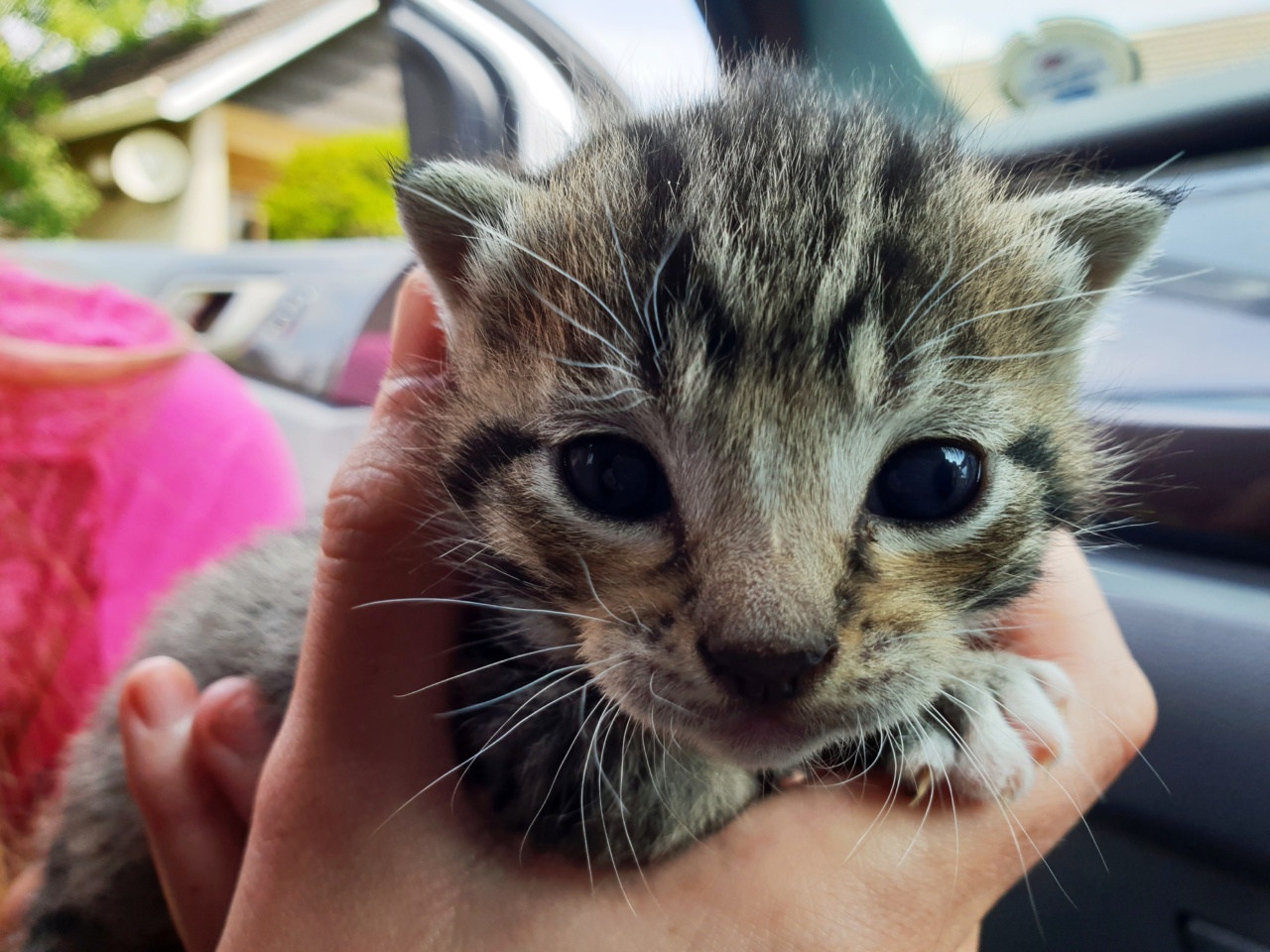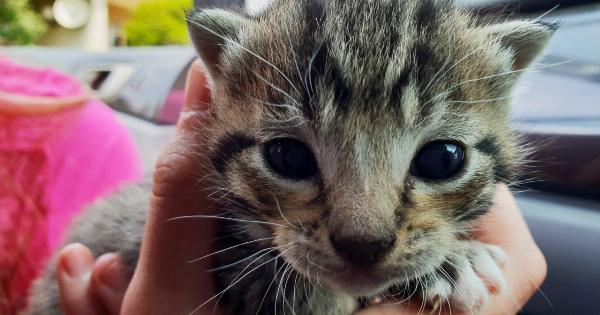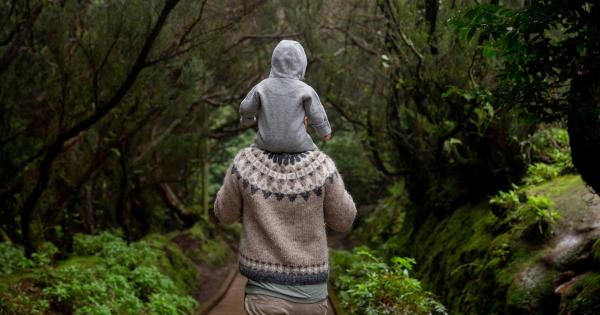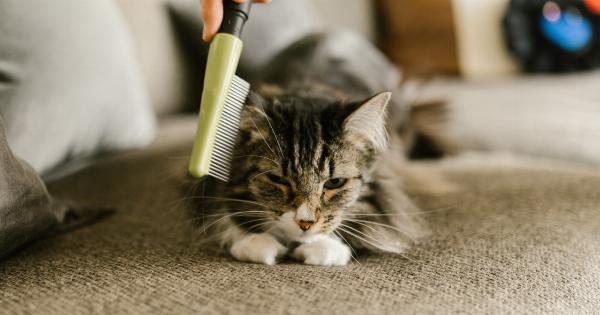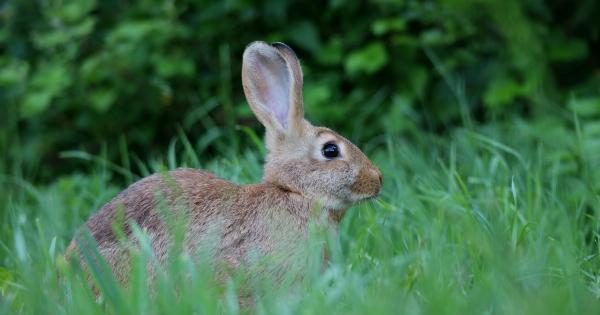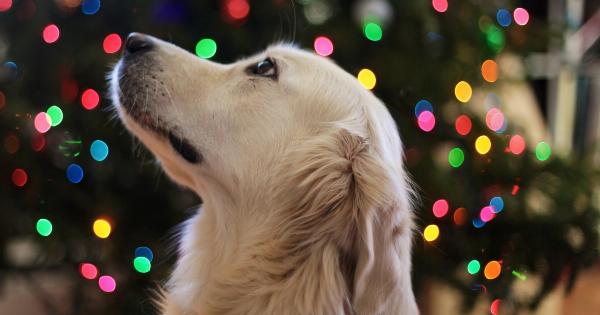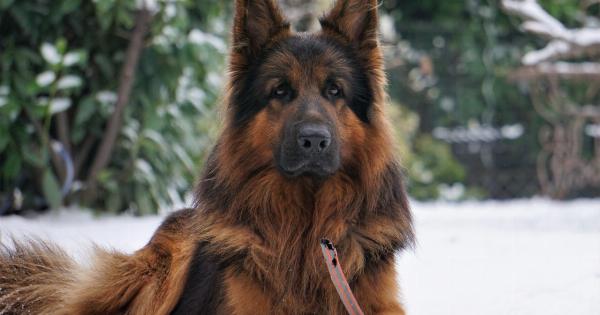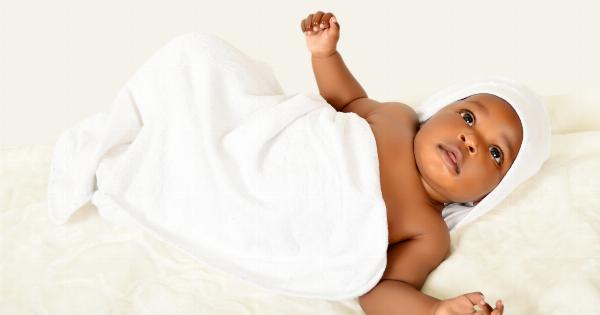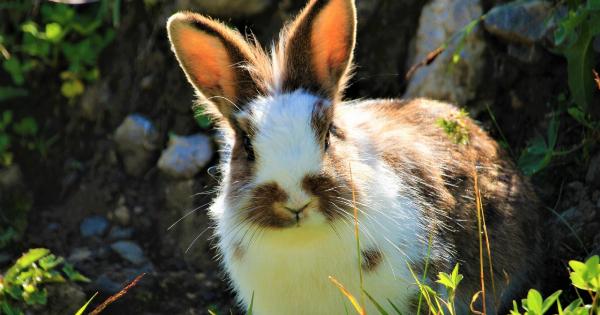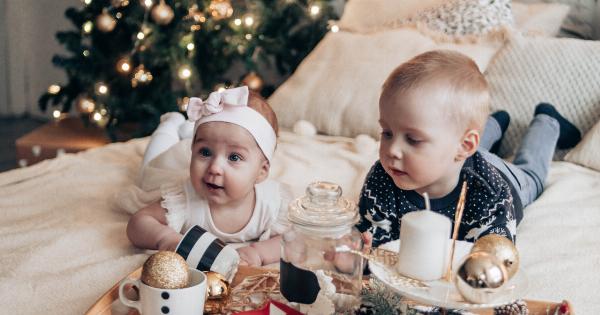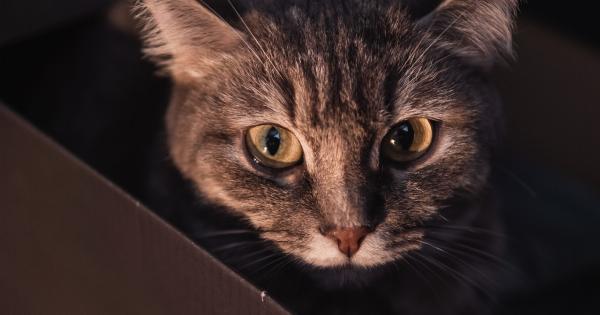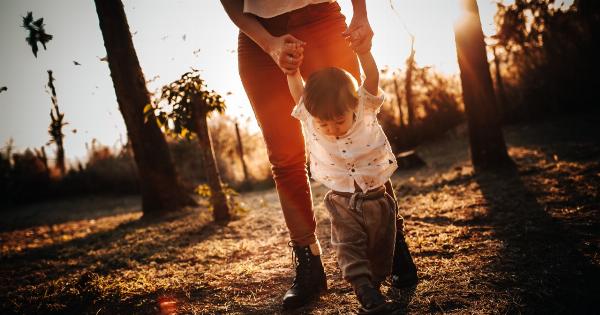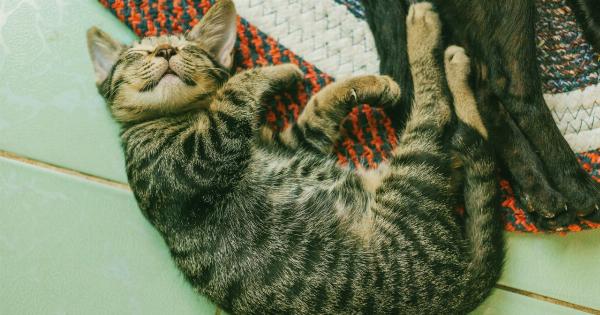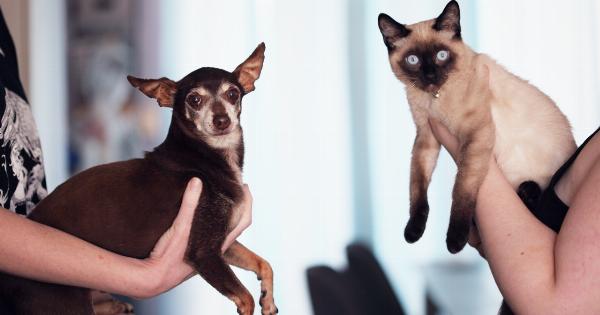Welcoming a new baby into your home can be an exciting time, but it can also be stressful for your furry friend. Suddenly, there are new noises, smells, and routines that they are not used to, and they may not know how to react.
However, with proper preparation and training, you can help your pet adjust to the new addition to the family and create a peaceful and harmonious home environment.
Introduce New Sounds and Smells
Babies make a lot of noise, from crying to cooing to laughing. Your pet may be frightened or confused by these sounds and may feel threatened or anxious. To prevent this from happening, try to gradually introduce your pet to the sounds of a baby.
You can play recordings of baby noises or have friends with young children visit your home to help your pet get used to the sounds and smells of a baby.
Set Boundaries and Rules
Before the baby arrives, it’s important to establish boundaries and rules for your pet. If your pet is not allowed in certain areas of the house, such as the nursery, make sure they understand this before the baby arrives.
This will help prevent the pet from getting into trouble and causing any accidents. You should also make sure your pet is well-trained and obedient before introducing a baby into the home. This will help ensure that your pet behaves appropriately around the baby.
Introduce New Routines Gradually
A baby’s arrival can dramatically change your daily routine, and this may be difficult for your pet to adjust to. To help them adjust, try to introduce new routines gradually.
For example, if you plan to walk your dog at different times, start by adjusting the time by just a few minutes each day until you reach the new routine. By gently easing your pet into the new routine, they will be less likely to feel stressed or anxious.
Train Your Pet to Behave Around a Baby
It’s important to train your pet to behave appropriately around a baby. This includes teaching your pet to stay calm and not jump up on the baby, to not bite or scratch, and to not steal or eat the baby’s toys.
If your pet is not already used to being around children, you may want to consider enrolling them in a training course or hiring a professional trainer to help prepare them for the new addition to the family.
Get Your Pet Used to Baby Gear
Babies come with a lot of gear, from strollers to car seats to carriers. Your pet may feel intimidated or curious about these items, so it’s important to get them used to them before the baby arrives.
Start by introducing the gear one item at a time, and allow your pet to sniff and explore each item. You can also practice pushing the stroller or carrying the car seat around the house with your pet, so they become familiar with these items and do not feel threatened by them.
Teach Your Pet to be Gentle
Babies are delicate, and it’s important to teach your pet to be gentle around them. This means teaching your pet to not jump up on the baby, to not bite or scratch, and to not snag clothing or blankets with their claws.
You can help teach your pet to be gentle by using cues such as “gentle” or “soft” when interacting with them around the baby. Reward your pet for good behavior, and gently correct any inappropriate behavior.
Supervise All Interactions
Even if you have the most well-behaved and gentle pet, it’s important to supervise all interactions between your pet and the baby.
This includes not leaving them alone in the same room, and not allowing your pet to lick or sniff the baby’s face or hands. Accidents can happen, and it’s better to be safe than sorry.
Make Time for Your Pet
With a new baby in the house, it may be easy to forget about your furry friend. However, it’s important to make time for your pet and give them the attention and love they need.
Try to set aside some one-on-one time each day for your pet, whether it’s a walk or a snuggle session on the couch. This will help your pet feel less neglected and more comfortable with the new routine.
Be Patient and Understanding
Adjusting to a new baby can be a big change for everyone in the household, including your furry friend. It’s important to be patient and understanding with your pet as they adapt to the new routine.
Consistency and positive reinforcement are key to helping your pet feel more comfortable and relaxed around the baby. With time and patience, your furry friend will learn to love and protect the new addition to the family.
